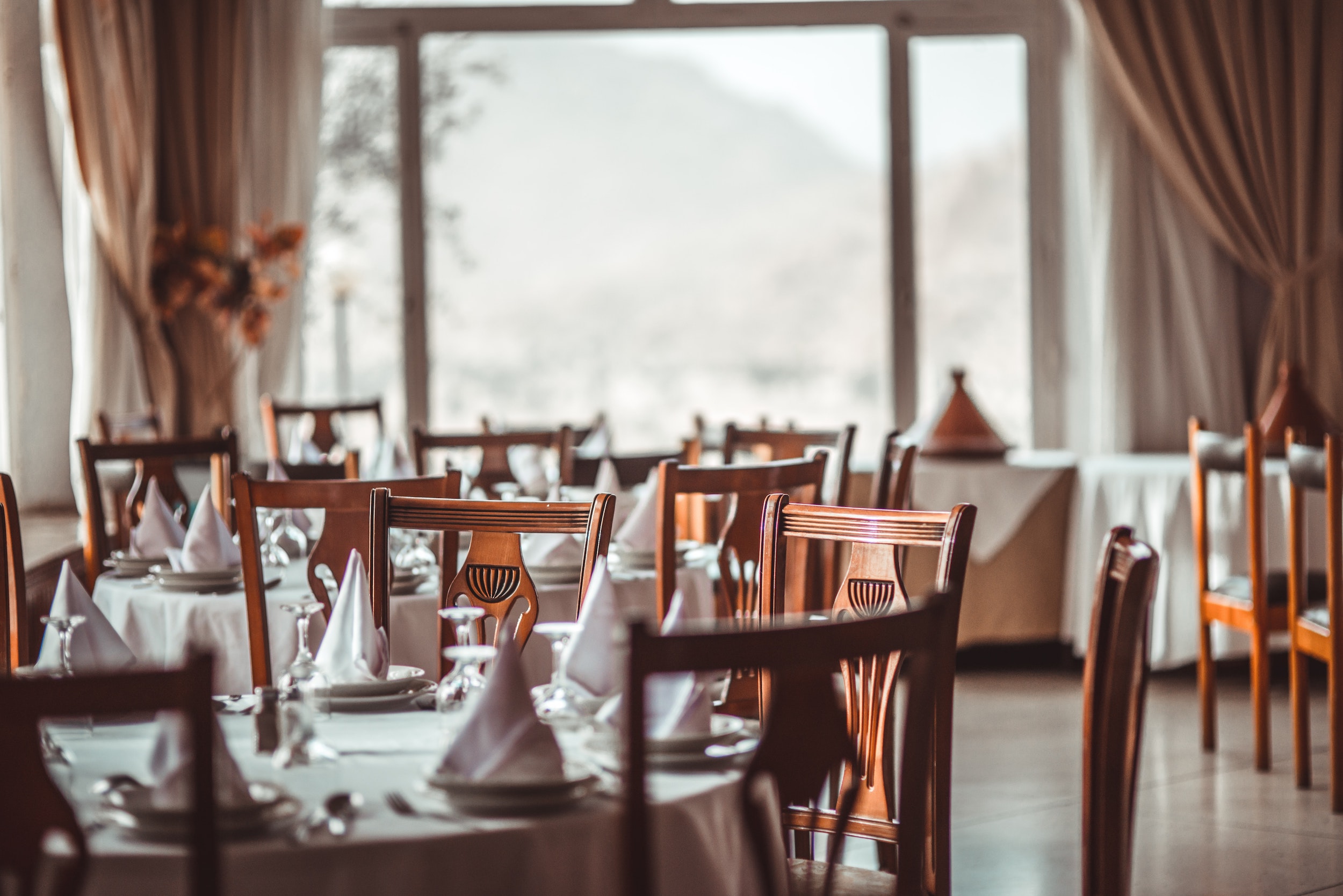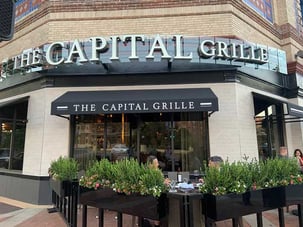4 min read
7 Practical Recommendations for Post-Pandemic Restaurant Ventilation
Dialectic Engineering
Jul 24, 2020 11:46:08 AM

By now it’s been well-documented that COVID-19 spreads mainly through droplets discharged when an infected person coughs or sneezes, and potentially via free-floating aerosolized particles as well. Researchers also believe it’s possible to spread the disease just by talking or breathing. As a result, our commercial clients frequently ask, “What can I do with my HVAC system to make my customers feel more at ease?”
That’s a big question, and there’s a laundry list of steps you can take to reduce the risk of disease by improving your system. But in the end, it comes down to what’s commercially available and what fits within your budget. Here are our top seven recommendations:
1. Increase the filtration level
Most baseline commercial systems have a MERV 8 filter. MERV stands for ASHRAE’s Minimum Efficiency Reporting Value rating, a measure of a filter’s ability to capture larger particles. The higher the MERV rating, the greater the capture rate of smaller particles. While a MERV 8 is considered medium efficiency and can significantly improve your space’s air quality, in today’s post-pandemic world, we recommend installing a MERV 13 filter, which can catch even smaller particles. While you can buy filters with a MERV rating all the way up to 16, most commercial systems can’t create enough pressure to push air through a MERV 16, so we recommend sticking with the MERV 13-rated filter for currently installed systems due to typical limitations on equipment performance. Although COVID-19 particles may still be small enough to pass through a MERV 13, increasing the filtration level in your space can help reduce the risk of airborne transmission.
2. Increase outside air fraction
Another strategy to lower the risk of infection is to increase outside air fractions and air exchange rates in buildings. Most restaurant ventilation systems are designed to have the largest proportion of fresh air brought into the kitchen area. Bringing in a larger proportion of fresh air into the dining area dilutes the air, allowing for less contamination within the overall air volume. That air is then relieved from the space as fresh air is brought in. The more frequently you’re changing out the air – substituting fresh air instead of recirculated air in a certain zone – the lower the concentration of contaminant that will be present to spread to occupants. Increasing the amount of outside air in your restaurant space may require larger equipment, depending on your existing system.
3. Bring in plenty of fresh air everywhere
Many restaurants use variable refrigerant flow (VRF) cassettes to cool a single, small zone like a party room or an office. But this method takes the air in that room and recirculates it into the same small space over and over. It would take just one person infected with COVID-19 to spread that to the entire area the cassette is cooling because the air isn’t being diluted or being taken back to a filter. We recommend our clients move away from VRF cassettes and substitute small fan coils above the ceiling that can introduce fresh air into the airstream and allow for better filtration.
4. Add UVC lighting
Much stronger than sunlight, antimicrobial UVC lighting can destroy airborne viruses and bacteria that cause colds and flus in about one minute. According to the International Ultraviolet Association: “All bacteria and viruses tested to date (many hundreds over the years, including other coronaviruses) respond to UV disinfection.” While we do recommend UVC light to our commercial clients, remember that it takes multiple passes through a UVC section before a virus is killed. Also, areal UVC lights aren’t explicitly approved for use in occupied spaces right now—there just aren’t enough studies yet on the effects of extended exposure to humans.
5. Keep the system running
HVAC systems are designed to keep the fans running all the time, but many businesses will set the system on auto to save money. This means the fans shut off unless heating or cooling is taking place. It also means the air in the restaurant is not being filtered and fresh air is not being introduced, leading to an environment more conducive to virus spread. We encourage our clients to let the system run as it’s designed. Not only will it cut down on the possibility of infection, it will also keep the space at the desired pressure.
6. Consider a ducted system
Open, airy ceilings are trending in restaurants, but that design means the air is pulled to a central point to be removed from the room, allowing contaminated air to circulate through the entire restaurant. On the other hand, a ducted system contained in a closed ceiling allows for localized air return, meaning the air circulates in just a small portion of the room. While retrofitting an existing restaurant with a ducted system could be cost-prohibitive, ducted systems are worth considering when planning new construction.
7. Eliminate system design that creates a “well-mixed environment”
Traditional HVAC designs depend on a well-mixed zone, and the mixing is driven by diffuser and register design. Alternate design strategies such as displacement ventilation rely on low-velocity air introduced low in the occupied zone. The conditioned (and partially fresh) air is drawn to the occupant and equipment by a heat plume created at the occupant and equipment. This low-velocity airflow draws across each occupant and up into a stratified layer in the unoccupied zone, limiting airflow from one potential contamination source to other occupants.
Keep in mind the jury is still out on whether newer, expensive technologies like ionization systems provide the results needed to keep restaurant employees and patrons safe. We advise our clients to stick with these proven methods for improving air quality and decreasing the chances of a COVID-19 outbreak in their establishments. While no technology is foolproof, a little prevention can go a long way toward making customers feel safe again.
Joe Hillebrenner, PE is COO of Dialectic Engineering, delivering exceptional results in commercial, retail, restaurant, health care and hospitality design projects. Founded in 1988, Dialectic is a 100% employee-owned, nontraditional mechanical, electrical and plumbing engineering firm that brings buildings to life across a broad range of verticals. Learn more at dialecticeng.com.

